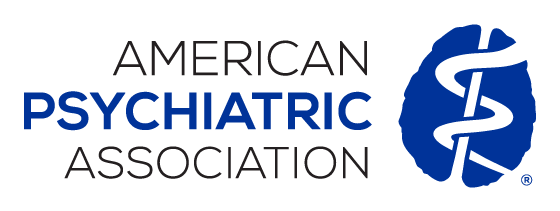
Adults ages 65 and older with tardive dyskinesia (TD) given valbenazine for up to 48 weeks experienced substantial and sustained improvements in symptoms while maintaining psychiatric stability, according to a post-hoc analysis of two clinical trials issued by the Journal of Clinical Psychiatry.
Valbenazine may be well suited for older patients with TD because it requires no titration to reach an effective, tolerable dose and is available as a sprinkle formulation that can be mixed with soft foods, noted Martha Sajatovic, M.D., of Case Western Reserve University School of Medicine in Cleveland, and colleagues. The researchers wrote that they undertook the study to address the “relative paucity of information on valbenazine efficacy and safety in relation to increasing age” among individuals 65 and older. The study was funded by valbenazine drugmaker Neurocrine Biosciences.
Sajatovic and colleagues pooled data from 304 individuals (55 of whom were 65 or older) who had participated in one of two 48-week studies of valbenazine—one an open-label study and the other a blinded-dosing study comparing 40 mg or 80 mg dosing. Participants were assessed with two clinician-rated assessments, the Abnormal Involuntary Movement Scale (AIMS) and Clinical Global Impression of Change-Tardive Dyskinesia (CGI-TD), at baseline and at various points over 48 weeks.
Overall, 40% of older participants experienced a meaningful response to valbenazine (≥50% improvement in AIMS) at eight weeks, which rose to 65% at 24 weeks and 82% at 48 weeks; the improvements in older adults were comparable to those seen in younger participants. Similar strong and comparable improvements were seen with CGI-TD scores; in fact, at week 48, older adults were significantly more likely to have a CGI-TD score ≤2 than younger participants (93% versus 77% respectively).
There was no statistical difference in the prevalence of adverse events between younger and older participants, though a significantly higher percentage of older participants discontinued medication due to an adverse event compared with the younger subgroup (26% versus 13%, respectively). The most common adverse events were urinary tract infection, drowsiness, and headache.
“This article reports on data indicating that once-daily valbenazine is effective and well-tolerated in the ≥65-year age group,” the researchers wrote. “Given the projected rates of population aging in the U.S. and globally, along with the increased risk of TD with older age and historic under representation of adults aged ≥65 years in clinical trials, these results address an important gap in TD research.”
For more information, see the Psychiatric News article “Tardive Dyskinesia: Assessing and Treating a Debilitating Side Effect of Prolonged Antipsychotic Exposure.”
(Image: Getty Images/iStock/seb_ra)
Don't miss out! To learn about newly posted articles in Psychiatric News, please sign up here.





















